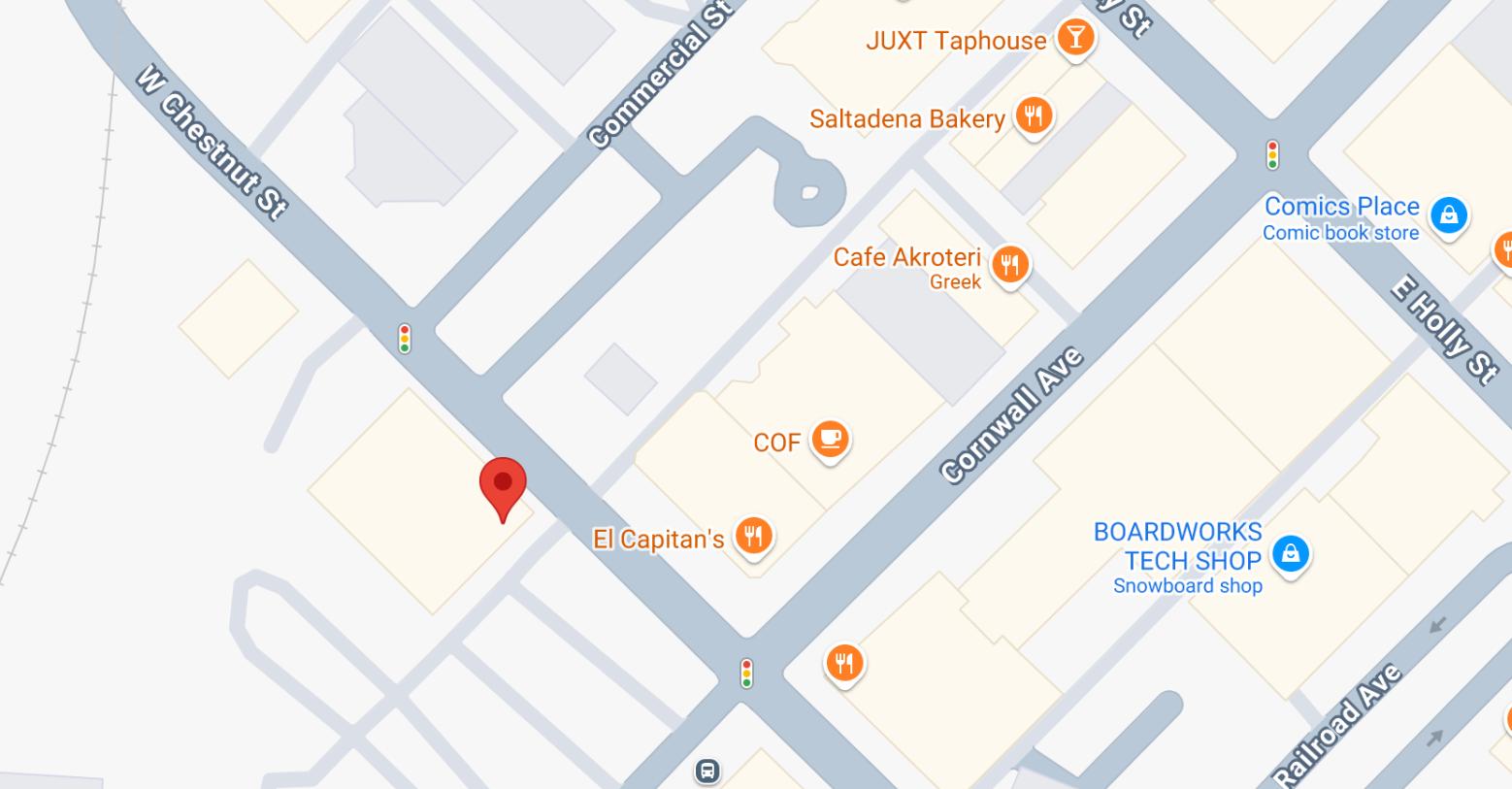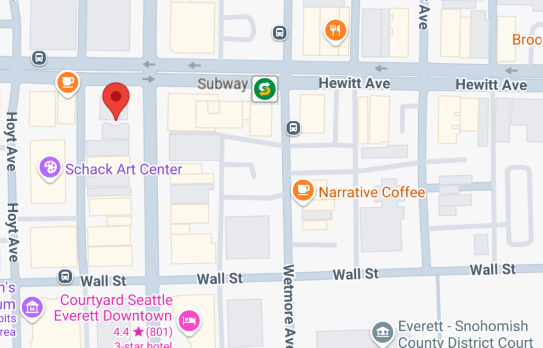Glad you stopped by to see what we do in the interest of decency when creditors shackle borrowers with secured vehicle loans resulting in negative equity for years. When someone gets involved with a long-term car loan that lasts for 6, 7, or even 8 years, the borrower is left with few options other than to keep paying for the vehicle for several years. A borrower is hard pressed to find a trade in deal or to sell the vehicle to get out from under the payments when you are in a negative equity situation.
Negative equity
A negative equity situation in a car loan results when someone is making payments on a vehicle that is depreciating at a much greater rate than the loan balance is being paid down (commonly referred to as being “under water”) . Most consumers rely on credit to purchase their vehicles today, and we’ve become accustomed to spending time in negative equity situations for a reasonable period of time after we make a new car purchase. Depending on the amount of the down payment and the interest rate, a typical new car loan could be in negative equity territory for a year or two. At that point, the depreciation rate and the loan balance cross over and within time the vehicle is worth more than what is owed on the loan. Once this happens, the borrower is flush with options. She can keep the vehicle, trade the vehicle in, or even sell the vehicle and pay off the balance of the loan. These options are helpful when the circumstances of our lives change.
What has changed is the price of vehicles and the length of time required to incentivize consumers to make the purchase. As the average price of a new car increases dramatically, more than the stagnant increase in personal income, car manufacturers and their financing subsidiaries needed to provide longer payment terms to keep the average payment within a range acceptable to a broad spectrum of buyers. This strategy worked as manufacturers convinced consumers to purchase larger and more technologically advanced vehicles without breaking the family budget. The problem crops up when circumstances change for consumers.
It is more likely that a consumer’s circumstances will change the more time passes after the vehicle purchase. What might have seemed like a decent buying decision might, in retrospect, seem like more than was necessary when the buyer i has lost a job or the economy has entered recession. In the old paradigm, a buyer only needed to wait a year or two before entering positive equity territory; now it takes four years or more, in many cases, for the average buyer to emerge from the cloud of negative equity. This can be the catalyst that pushes consumers towards bankruptcy, and the auto industry should accept the blame for this. They have increased their sales, but they have done so by increasing the odds that a new vehicle purchase will cause financial hardship to their customers.
Chapter 13 to the rescue
One of the great things about Chapter 13 bankruptcy is that it enables the debtor to keep all of their property, including cars, boats, and housing as long as a plan can be formulated by which he or she can pay for it over the course of either three or five years, given their respective income level. Usually secured creditors, like those that hold a note on the house or the car, can expect to recover the full balance of the loan outstanding when a consumer enters a bankruptcy – or else they will repossess the collateral. Not so with some of these car loans where the lender has stretched the payments out unreasonably, in my view. When these situations arise, the consumer gets to perform a “cramdown” on the creditor.
Cramdown
A consumer can use cramdown to change the terms of payments to secured creditors over their objection. When a vehicle loan is well above the “replacement value” of the vehicle, the secured claim that the creditor will hold is set at the lower amount. This is great news for consumers as the value of the vehicle and the payments associated with it will dramatically decrease. The amount not included continues as an unsecured debt during the plan. If the consumer makes all of the payments calculated on this smaller “reasonable value,” then the unsecured amount is discharged at the completion of the plan.
The only real issues arise when the argument is made to establish “reasonable value.” The consumer’s attorney and the creditor’s attorney will generally not see eye to eye on this. They will eventually arrive at a fair valuation that will not be anywhere near the retail price. The other issue occurs when the consumer fails to make all of the plan payments. When this happens, the creditor gets to reestablish the higher value and can repossess the vehicle if the entire original balance is not paid.
All in all, this is an advantageous aspect of Chapter 13. Creditors hate it, but I find it somewhat enjoyable to implement.



